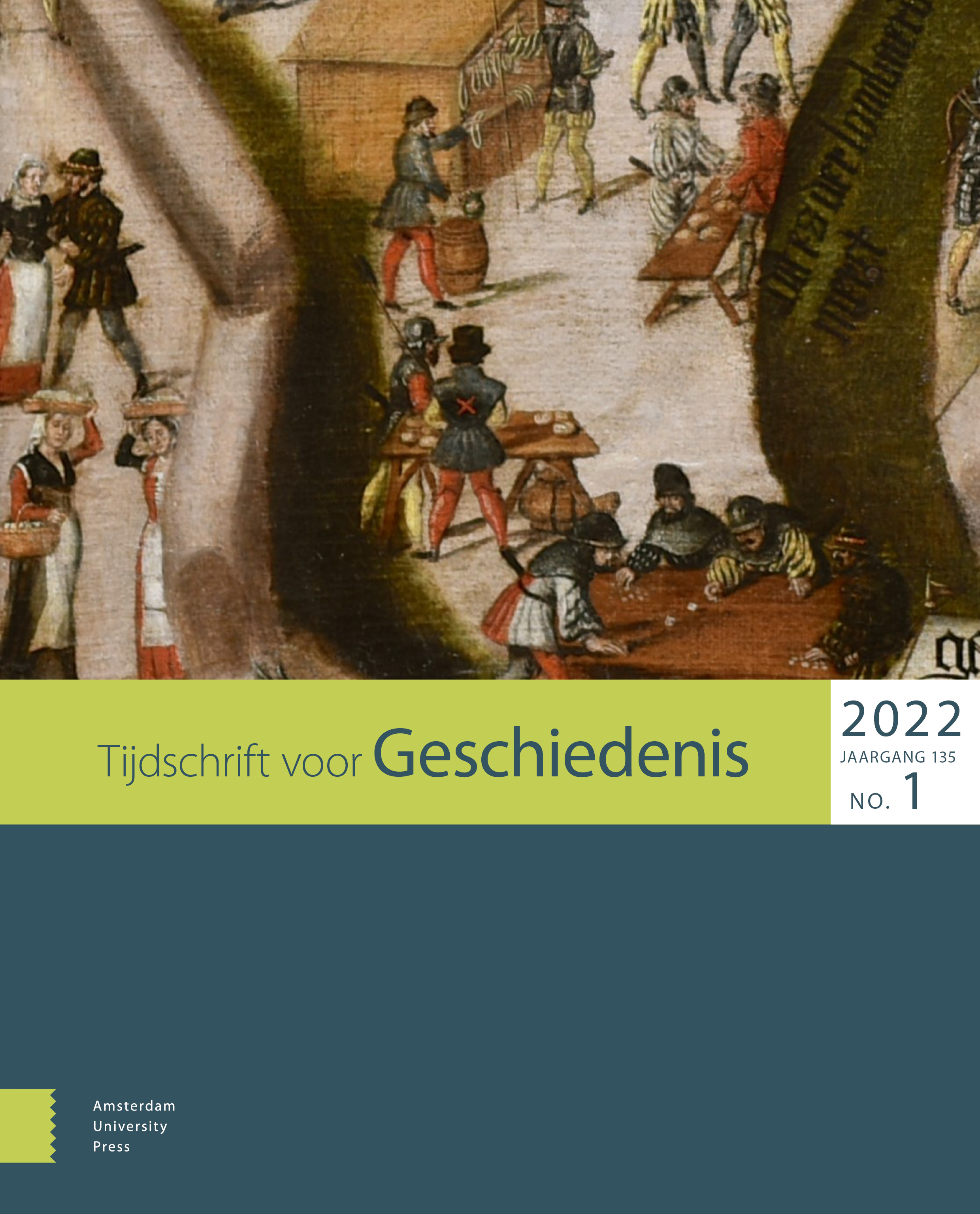-
oa Personen, grenzen en politieke eenheden in de veertiende eeuw
Het hertogdom Gelre en de geschiedenis van internationale betrekkingen
- Amsterdam University Press
- Source: Tijdschrift voor Geschiedenis, Volume 127, Issue 4, Nov 2014, p. 579 - 602
Abstract
Personal agency, borders and political units in the fourteenth century. The duchy of Guelders and the history of international relations
Theories that offer a historicized account of international relations often consider the late middle ages as a period of fundamental change. Territorial political units, geographically defined borders, and distinctions between internal and external gradually developed and became increasingly important. As a result international relations were not only governed by competition between individual lords, by feudal networks, or by imperial and papal universalism, but also by the agency of newly developing geopolitical units, such as kingdoms, territories, towns, and local lordships. On the basis of the Guelders War of Succession (1371-1379) this paper offers a snapshot of this process of transition, demonstrating the dense and composite nature of international relations during the fourteenth century in the western part of the Holy Roman Empire.


